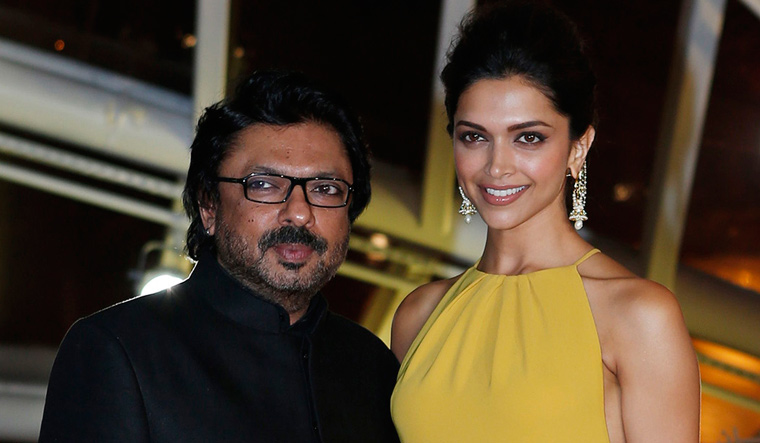When one thinks Sanjay Leela Bhansali now, what immediately pops up would be his magnum opus Padmaavat. However, be it Padmaavat, Bajirao Mastani, or his early hit Devdas, the man is synonymous to something else—opulent, picture-perfects sets. Through the years, Bhansali has created a signature style of his own in Bollywood, that of giving his audience a larger-than-life on-screen experience replete with magnificent locations, splendid jewellery and costumes, properties, all woven together with music and dance.
Speaking to media about his opulent sets for Goliyon ki Leela Ram Leela, Bhansali had said that architecture and space fascinate him. “So, my film sets are as important as my characters in the story.” The master storyteller that he is, Bhansali has donned many hats—assistant director, choreographer, screenwriter, producer, filmmaker and music director. Bhansali, a graduate of the Film and Television Institute of India (FTII), had his professional beginnings as one of the assistant editors of Bharat Ek Khoj—a 1988 Doordarshan series helmed by veteran filmmaker Shyam Benegal. What's interesting is that one of the episodes was dedicated to the Rani Padmini and Alauddin Khilji, albeit no protests or threats of nose-chopping ensued. Bhansali went on to assist Vidhu Vinod Chopra in Parinda, 1942: A Love Story and Kareeb.
He made his directorial debut with Khamoshi: The Musical (1996), featuring Manisha Koirala, Salman Khan, Nana Patekar and Seema Biswas. Though not a major hit, heart-tugging performances of Koirala and Patekar and Biswas as a deaf and mute couple were well-received. And at this point, Bhansali hadn't really started focussing on the visual opulence part. Bhansali's box office hit came with Hum Dil De Chuke Sanam three years later, with Aishwarya Rai, Salman Khan and Ajay Devgn. Here we get to see the beginning of Bhansali's signature style—grand havelis, vibrant traditional costumes, and well choreographed dance sequences. Some of these stay with us even after decades.
We got to see all that dazzle and grandeur on the screen with his 2002 landmark hit—Devdas starring Shah Rukh Khan, Madhuri Dixit and Aishwarya Rai. While the film failed to get the tragic emotions right in comparison to the original Devdas (1955), Bhansali left us with lasting impressions of grand sets, lighting, costumes and evergreen dance sequences (not to forget Dola Re...). As time passed on, Bhansali gave us Black, Guzaarish, and Saawariya.
Nothing could hold back Bhansali once he discovered the Deepika Padukone-Ranveer Singh combination. He gave the audience whooping budget films like Ram Leela, Bajirao Mastani and now Padmaavat. When each of these released, each was called his most opulent film ever, and he went on to correct records with the next.
While Bhansali's style of filmmaking has its share of admirers and critics, one cannot help but admit that his films are a major event unto themselves—a feast for the senses.


